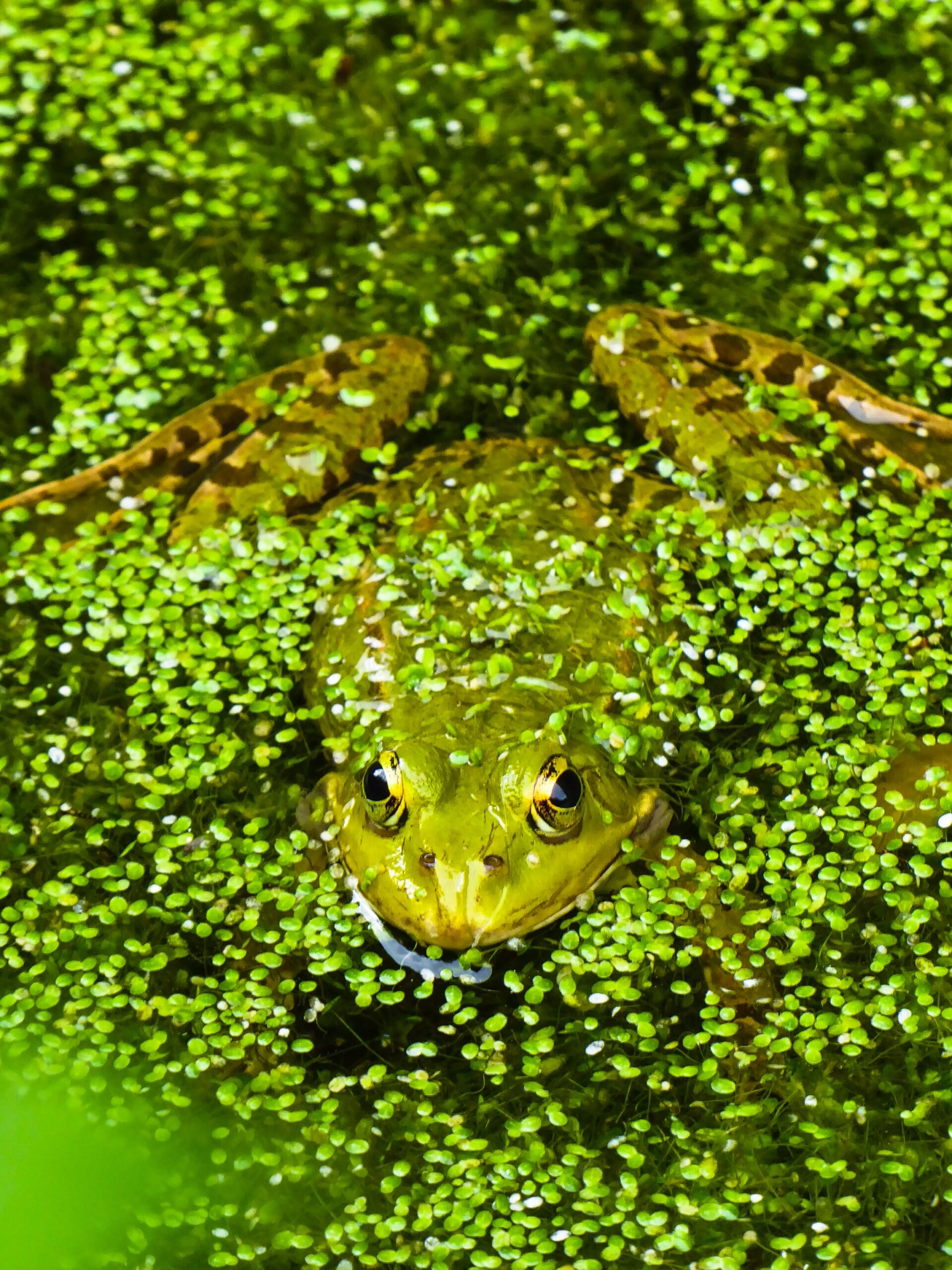Floating Plants
Floating plants drift freely on the water surface, adding decorative interest to any pond. Care should be taken when selecting as some are declared weeds.
How to choose floating plants for your water feature?
Floating plants are very fast growers and understanding this is critical in deciding which ones to choose. For most people, the decision is personal taste, but if you understand the plants better, you can also base your choice on their benefits to your pond. Floating plants reduce the amount of sunlight that can penetrate and can help in the control of blanket weed and green water algae. Their ability to absorb nutrients from the water can also aide with water filtration. However if the floating plants overgrow your pond, action needs to be taken to keep them under control.
Duck weeds, grown in warm, high nutrient conditions can potentially double every 4 days. However these plants are also a great food source for aquatic life including fish, tadpoles and waterbirds. The other benefit of duckweeds is in their ability to improve water quality.
Azolla is an attractive floating fern. It is generally green in colour, but when grown in full sun, but can turn pink-red. Azolla has been used in water treatment as a powerful water filter, capable of absorbing large quantities of pollutants including heavy metals. In water gardens excessive growth tends to block out sunlight for other pond plants, so it is best harvested and used as high nutrient mulch in garden beds.
Water Lettuces are unusual floating plants, with soft thick leaves, forming a rosette that makes the plant look like a lettuce or cabbage. The tiny little hairs on the leaves help trap air bubbles and increase the plant buoyancy. The flowers are hidden within the foliage and sometimes develop into small green berries. The plant also produces many offshoots that in turn grow into more plants. This is the main form of reproduction and leads to the formation of dense mats. For this reason, Water Lettuce can become a weed. However it cannot tolerate colder climates. Water Lettuce withers and dies when conditions fall below 18°C for longer than a month. Therefore, it is highly unlikely that these floating plants will become weeds in the southern parts of Australia, where the Winters’ fall well below this temperature.
Water lettuce is often used in tropical aquariums to provide cover for fry and small fish. We use it in our nursery (based in Victoria) to help out with improving water quality by placing plants in ponds to compete with algae for nutrients in the water, thereby preventing massive algal blooms.
Avoid aquatic weeds
Some floating plants such as Water Hyacinth and Salvinia grow into large plant mats and are such strong growers, they are capable of choking entire rivers. There have even been reports on Water Hyacinth, claiming that they are amongst the world’s most troublesome aquatic weeds. These two plants are declared noxious weeds in ALL areas of Australia, and we need to make sure that we do not encourage their spread.
Water Lettuce and Water Caltrop are not declared weeds in all states of Australia. This may be due to the fact that the growing conditions may not be suitable for them to become a weed problem. Please check with your relevant state authorities.

Tips
- When disposing of excess floating plants, put them into your compost bin or use them as a high nutrient compost in your garden. Do not use or dispose of them near waterways.
- Click on the following link for information on aquatic weeds.
- Click on the following link for information on algae control.
- Please use our store locator to contact your nearest garden centre, to place an order.

